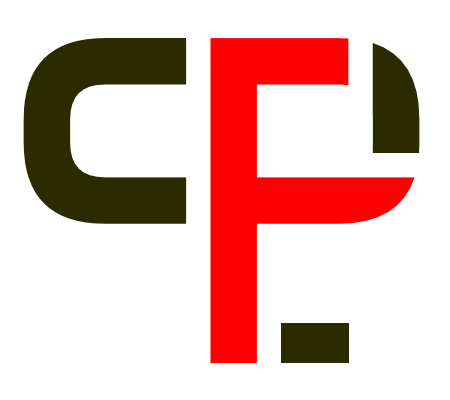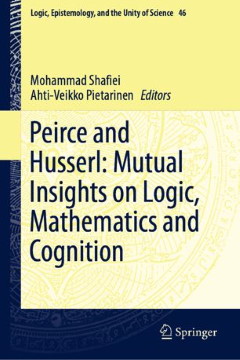Repository | Series | Book | Chapter
Thoughts, things and logical guidance
pp. 43-58
Abstract
Peirce developed the theory of reasoning as a preferred instrument of the logical analysis of thoughts, while Husserl's phenomenology took a turn to things we think about. The stark contrast between Peirce phaneroscopy and Husserl's phenomenology shows up in Peirce's insight that reasoning is guided by the leading or guiding principle of reason we form in imagination about the logical power of reasoning. Peirce further believed that the analysis of the processes of reasoning in their smallest movements is best accomplished by the methods of existential graphs. We provide an analysis of the guiding principle and its evolution grounded in the primitive forms of that method. We show that there is an evolution of the logical constant of negation from the paradisiacal implication (the scroll) and the blot, and explain the latter in terms of Peirce's preferred interpretation as unscriptibility. These points establish Peirce's logico-phaneroscopical analysis of reasoning having advantages not only over Husserl's phenomenology but also over contemporary studies that have taken keen interest in cognitive aspects of reasoning and inference.
Publication details
Published in:
Shafiei Mohammad, Pietarinen Ahti-Veikko J. (2019) Peirce and Husserl: mutual insights on logic, mathematics and cognition. Dordrecht, Springer.
Pages: 43-58
DOI: 10.1007/978-3-030-25800-9_3
Full citation:
Bobrova Angelina, Pietarinen Ahti-Veikko J. (2019) „Thoughts, things and logical guidance“, In: M. Shafiei & A. J. Pietarinen (eds.), Peirce and Husserl, Dordrecht, Springer, 43–58.




